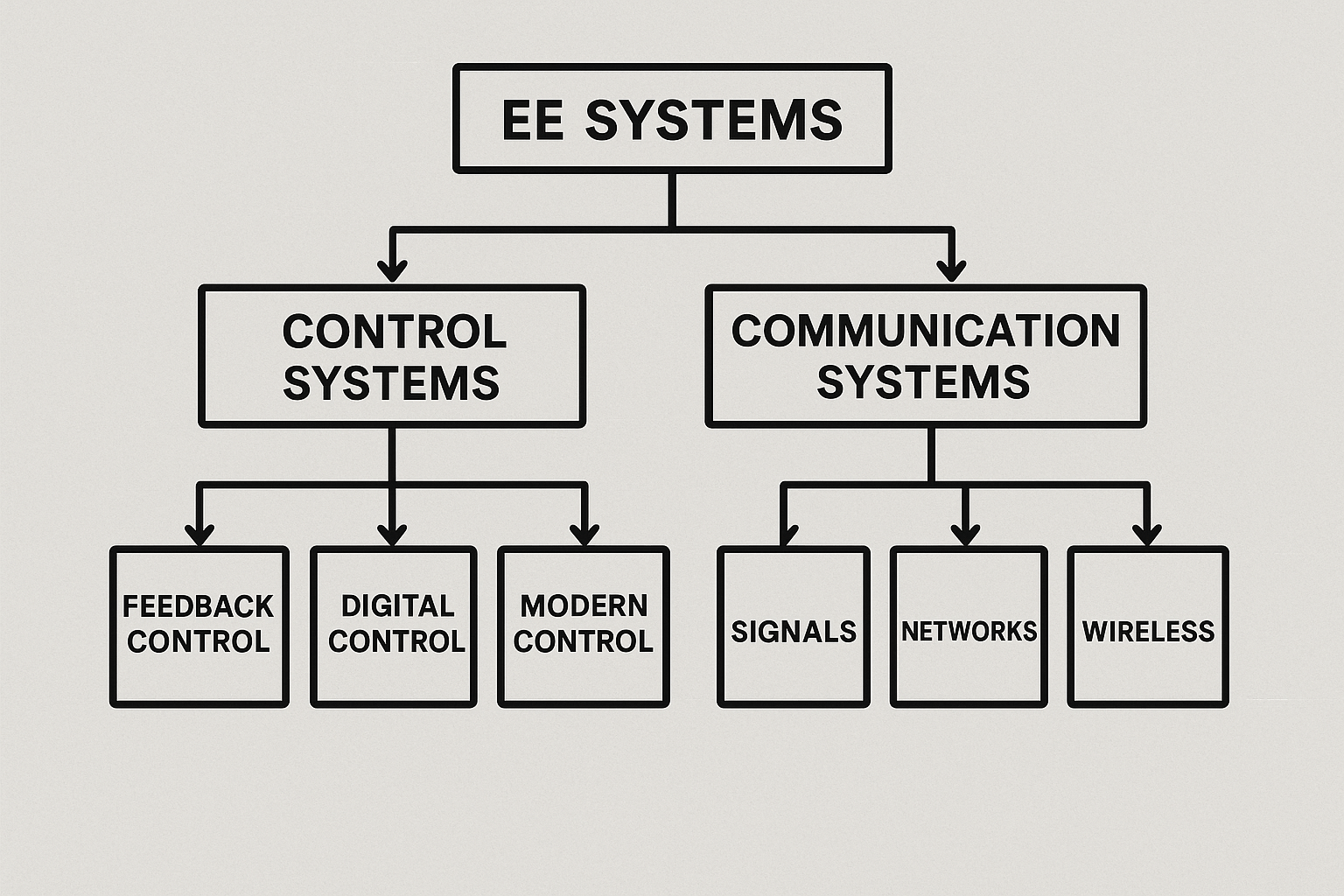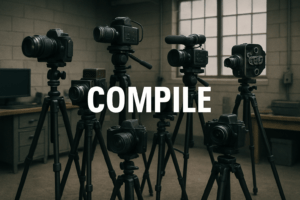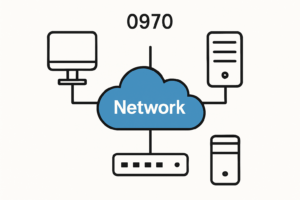There are inventions that whisper their way into the mainstream, riding under the radar until they spark just enough attention to cause debate. EE Systems, or the Energy Enhancement System, sits right in that space. Depending on who you ask, it’s either a groundbreaking advancement in energy wellness or a cloud of confusion wrapped in claims too bold to be ignored.
Walk into a center offering sessions with this technology, and you might be greeted with softly humming machines, dim lighting, and promises of cellular rejuvenation, chakra balancing, and electromagnetic detox. The rooms feel like a mix between a spa and a science lab. People lie on reclining chairs while multicolored screens pulse around them. It’s all very modern, very quiet, and very… undefined.
But what is the ees system, really? Where did it come from, what does it claim to do, and how did it end up becoming one of the most talked-about wellness trends in certain circles without most of the scientific world even flinching?
The Rise of Energy Enhancement Systems
The energy enhancement system was introduced as a non-invasive technology designed to restore the body’s balance by creating what developers describe as a “scalar energy field”. Built with a network of screens positioned strategically in a room, the EE Systems allegedly emit light and frequencies that interact with human biofields.
These aren’t new-age metaphors. Proponents speak confidently about mitochondria, electromagnetic fields, DNA repair, and cellular voltage. Some even reference quantum physics to justify the claimed effects. Sessions last from one to two hours, sometimes more, and participants are told they may experience detox symptoms, emotional release, or an inexplicable wave of relaxation.
Despite the lack of large-scale peer-reviewed evidence, the ees system has spread. Centers have opened in cities and towns across multiple countries, drawing in seekers, skeptics, and believers alike. Word-of-mouth, personal testimonies, and alternative wellness blogs have become the marketing engine. Some users swear by it. Others don’t return.
A Session Inside the Field
To sit inside one of these chambers is a strange experience. You don’t feel a jolt or hum or rush. There’s no measurable heat or magnetic pull. It’s subtle, so much so that your mind may race with doubt: is anything happening at all?
Then comes the stillness. A kind of weightless quiet. Not the type that sleep offers, but the kind where you’re suddenly aware of your breath, your limbs, the thoughts circling your head. Some users compare it to a deep meditative state. Others say it heightens their senses. A few say they feel nothing.
Those who believe in the ee systems often point to the days after. Reduced inflammation, lighter moods, improved sleep, sharper mental clarity. One woman in Arizona described it as “turning back a switch that had been slowly dimming for years.”
But even she added, “I don’t know how it works. I just know it did something.”
Science, Skepticism, and the Space In Between
This is where the controversy sharpens. The claims made by energy enhancement system advocates sit far outside traditional clinical science. There are no published clinical trials in recognized medical journals. The physics that supposedly underpin the system are murky, and many of the terminologies used in promotional materials don’t align with scientific consensus.
Critics argue that without regulation or scientific validation, these centers are walking the line of pseudoscience. They raise concerns about vulnerable individuals—especially those with chronic illnesses—turning to expensive sessions with hopes of healing that may never arrive.
Supporters push back, saying personal experience matters, and that science doesn’t always catch up fast enough. They speak of the placebo effect not as a weakness, but as a powerful tool. If a person walks out of a session feeling better, even without measurable change, should that be dismissed?
In this tug of war, the ees system becomes more than a device. It becomes a conversation about belief, wellness autonomy, and how far people are willing to go for a sense of relief.
Culture and the New Wellness Movement
This isn’t the first time a technology has promised to harness unseen forces for better health. From infrared saunas to PEMF mats, the wellness industry has long blurred the lines between therapy and spirituality. But the ee systems ride a different wave. They don’t just claim to relax the body or improve sleep. They aim higher: detoxification, emotional clearing, and even biological age reversal.
Such ambitious claims have helped build a kind of underground cult following. Wellness retreats incorporate EE sessions into their schedules. Spiritual influencers film testimonials. Some centers even host group meditations within the energy field, merging belief with practice in a way that feels half-clinical, half-religious.
The pricing varies. Some charge hourly. Others offer packages. The cost, for many, is justified by the feeling. For others, it becomes a one-time curiosity.
Stories, Not Statistics
For every critic who questions the ees system, there’s a user with a story. A man who recovered from long COVID faster than expected. A teenager who found peace after years of panic attacks. A cancer survivor who swears by the weekly sessions.
But stories are not science. And therein lies the gap. The energy enhancement system exists in a world of anecdotes. Some gripping, others vague. The lack of medical verification doesn’t stop the momentum. In fact, for many, it makes the allure stronger.
The human need for healing, for agency, for mystery even, is powerful. And as long as people feel something, they’ll keep showing up.
The Gray Zone Between Help and Hype
What can be said for sure is that the ee systems have created a new language around wellness. A language built on resonance, frequency, and subtle shifts. Whether it leads to measurable biological repair or not, the system delivers something: a pause, a possibility, a retreat from the harsh fluorescent light of conventional treatment rooms.
But with this comes responsibility. Transparency is key. If the science doesn’t fully support the claims, centers should say so. If results vary, that variability should be honored. People are allowed to seek healing wherever they choose—but they deserve to be informed.
The ees system stands at a crossroads. It could disappear into the niche corners of wellness lore, or it could evolve into something more structured, studied, and even widely accepted. What it does next will depend not on its fans, but on how it responds to the call for evidence.
Final Reflections
The appeal of the energy enhancement system isn’t hard to understand. We live in an age where stress, illness, and emotional fatigue run high. Where traditional solutions often feel sterile or insufficient. Into that space steps a system that promises not just relief, but renewal.
Whether that promise holds up under long-term scrutiny is still unknown. But the questions it raises about belief, healing, and the nature of energy are worth sitting with. Even if you never book a session.




